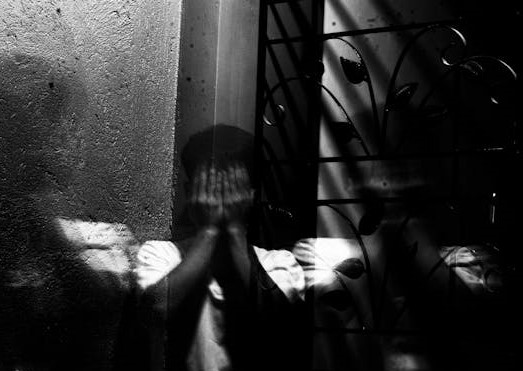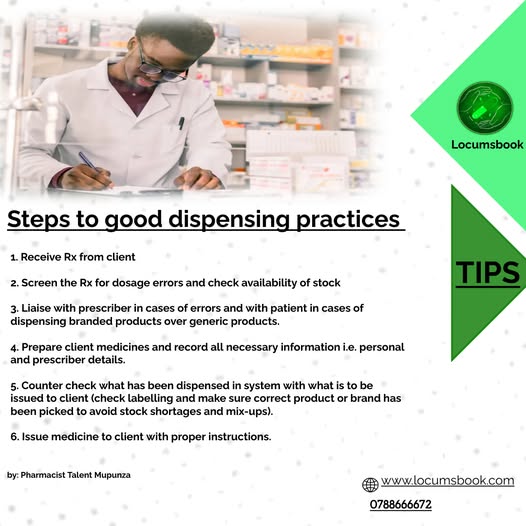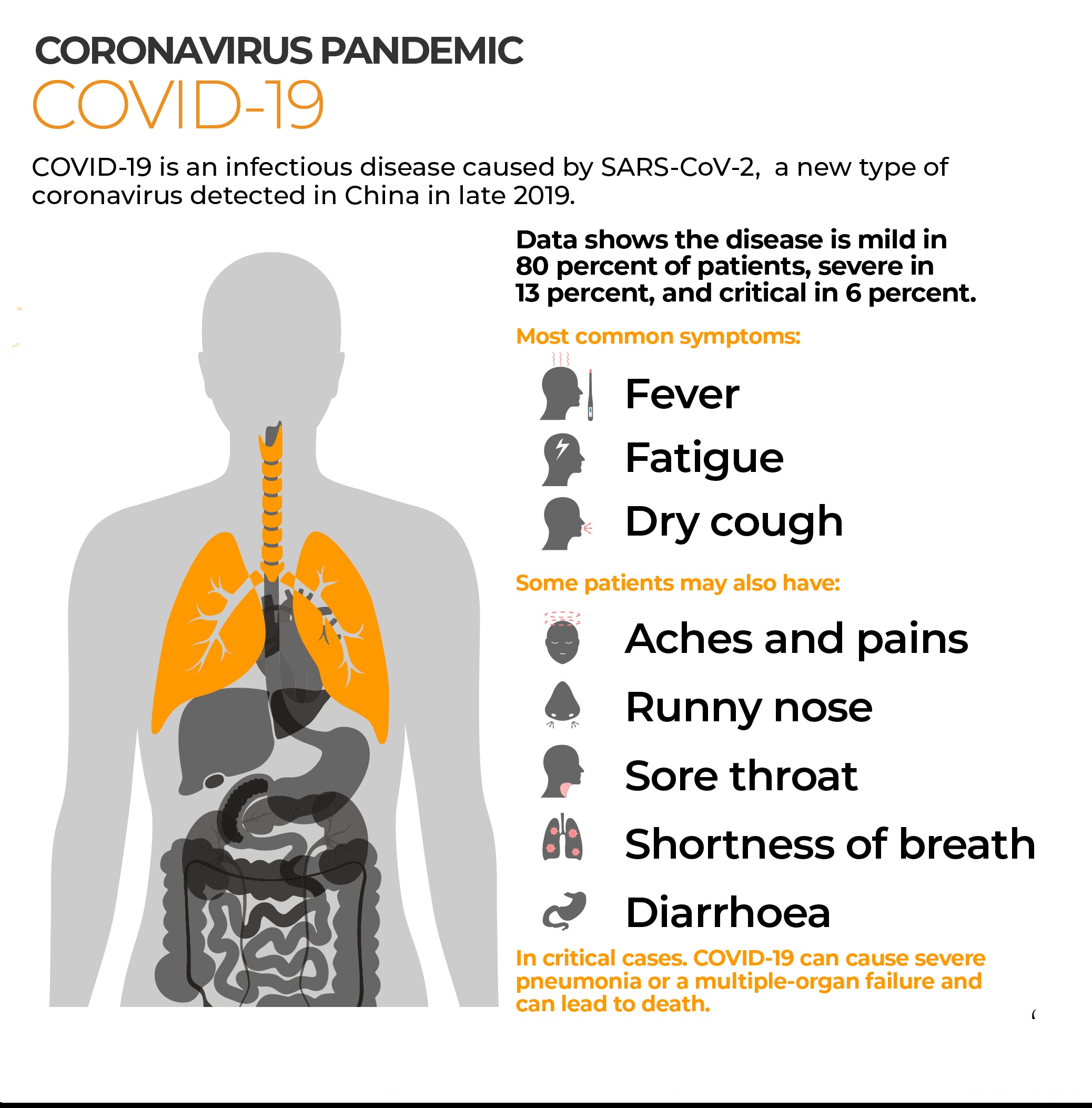Blog
5 min read
THE TYPES OF MENTAL DISORDERS AND THE DIFFERENCE BETWEEN DISORDER ILLNESS AND DISEASE.
Mental Health Series.
F
Featured Blogger
August 25, 2025
210 views

By Francisca Magwaza
11/01/25
1. Mood Disorders (Depressive Disorders)
Examples:
- Major Depressive Disorder
- Persistent Depressive Disorder (Dysthymia)
- Bipolar Disorder
Symptoms: Persistent sadness, loss of interest, changes in appetite, sleep disturbances, fatigue, feelings of worthlessness.
Onset: Can occur at any age, often begins in late adolescence or early adulthood.
Signs: Withdrawal from social activities, difficulty concentrating, changes in physical appearance.
2. Anxiety Disorders
Examples:
- Generalized Anxiety Disorder
- Panic Disorder
- Social Anxiety Disorder
Symptoms: Excessive worry, restlessness, fatigue, difficulty concentrating, irritability, muscle tension.
Onset: Often begins in childhood or adolescence but can occur at any age.
Signs: Avoidance of anxiety-provoking situations, physical symptoms like sweating or trembling, rapid heartbeat.
3. Feeding and Eating Disorders
Examples:
- Anorexia Nervosa
- Bulimia Nervosa
- Binge Eating Disorder
Symptoms: Extreme food restriction, binge eating, purging behaviors, preoccupation with body weight and shape.
Onset: Typically begins in adolescence or early adulthood.
Signs: Significant weight loss or gain, changes in eating habits, social withdrawal.
4. Personality Disorders
Examples:
- Borderline Personality Disorder
- Antisocial Personality Disorder
- Narcissistic Personality Disorder
Symptoms:Enduring patterns of behavior, cognition, and inner experience that deviate from cultural expectations.
Onset:Symptoms typically emerge in adolescence or early adulthood.
Signs:Difficulty in interpersonal relationships, rigid thinking, emotional instability.
5. Trauma- and Stressor-Related Disorders
Examples:
- Post-Traumatic Stress Disorder (PTSD)
- Acute Stress Disorder
- Adjustment Disorder
Symptoms: Intrusive memories, avoidance of reminders of the trauma, negative changes in mood and cognition.
Onset: Can occur after exposure to a traumatic event.
Signs: Hypervigilance, exaggerated startle response, emotional numbing.
6. Schizophrenia Spectrum and Other Psychotic Disorders
Examples:
- Schizophrenia
- Schizoaffective Disorder
- Brief Psychotic Disorder
Symptoms: Hallucinations, delusions, disorganized thinking, negative symptoms (e.g., lack of motivation).
Onset: Typically emerges in late adolescence to early adulthood.
Signs: Social withdrawal, impaired functioning, unusual behaviors.
---
7. Adjustment Disorders
Examples:
- Adjustment Disorder with Anxiety
- Adjustment Disorder with Depressed Mood
- Adjustment Disorder with Mixed Anxiety and Depressed Mood
Symptoms: Emotional or behavioral symptoms in response to a stressor, such as anxiety or depression.
Onset: Symptoms develop within three months of the stressor.
Signs: Difficulty coping with changes, withdrawal from social activities.
8. Neurodevelopmental Disorders
Examples:
- Attention-Deficit/Hyperactivity Disorder (ADHD)
- Autism Spectrum Disorder
- Learning Disorders
Symptoms: Impairments in personal, social, academic, or occupational functioning.
Onset: Symptoms typically manifest in early developmental periods.
Signs: Delays in speech, motor skills, or social interaction.
9. Dissociative Disorders
Examples:
- Dissociative Identity Disorder
- Dissociative Amnesia
- Depersonalization/Derealization Disorder
Symptoms: Disruptions in consciousness, memory, identity, or perception.
Onset:Often associated with trauma or stress.
Signs: Memory gaps, feeling detached from oneself.
10. Somatic Symptom Disorders
Examples:
- Somatic Symptom Disorder
- Illness Anxiety Disorder
- Conversion Disorder
Symptoms: Physical symptoms that cause significant distress or impairment, without a clear medical cause.
Onset: Can occur at any age.
Signs: Frequent medical visits, excessive focus on symptoms.
11. Sleep-Wake Disorders
Examples:
- Insomnia Disorder
- Narcolepsy
- Obstructive Sleep Apnea
Symptoms: Difficulty falling asleep, staying asleep, or excessive sleepiness.
Onset: Can develop at any age.
Signs: Daytime fatigue, irritability, difficulty concentrating.
12. Disruptive, Impulse Control, and Conduct Disorders
Examples:
- Oppositional Defiant Disorder
- Conduct Disorder
- Intermittent Explosive Disorder
Symptoms: Problems with self-control of emotions and behaviors.
Onset: Often begins in childhood or adolescence.
Signs: Aggressive behavior, defiance, violation of rules.
13. Substance Use and Addictive Disorders
Examples
- Alcohol Use Disorder
- Opioid Use Disorder
- Gambling Disorder
Symptoms: Impaired control over substance use, social impairment, risky use, tolerance, withdrawal.
Onset: Can begin at any age, often in adolescence.
Signs: Changes in social circles, neglect of responsibilities.
14. Neurocognitive Disorders
Examples:
- Alzheimer's Disease
- Vascular Neurocognitive Disorder
- Frontotemporal Neurocognitive Disorder
Symptoms: Decline in cognitive function, affecting memory, attention, and problem-solving.
Onset: Typically occurs in older adults but can occur earlier.
Signs: Memory loss, confusion, difficulty with daily tasks.
15. Obsessive-Compulsive and Related Disorders
Examples:
- Obsessive-Compulsive Disorder (OCD)
- Body Dysmorphic Disorder
- Hoarding Disorder
Symptoms: Obsessions (intrusive thoughts) and compulsions (repetitive behaviors).
Onset: Can begin in childhood or adolescence.
Signs: Excessive cleaning, checking, or counting behaviors.
Differences Between Disorder, Illness, and Disease
Disorder is a general term referring to a disruption of normal physical or mental functions, encompassing a wide range of conditions without a clear medical cause.
Illness is the subjective experience of symptoms and suffering, reflecting how a person perceives and responds to a disorder.
Disease is a pathological condition of a bodily part, organism, or system resulting from various causes (e.g., infection, genetic defect), characterized by an identifiable group of signs or symptoms.
Understanding these distinctions is essential for accurate diagnosis and treatment planning in mental health care.
1. DSM‐5‐TR: overview of what’s new and what’s changed PMC (https://pmc.ncbi.nlm.nih.gov/articles/PMC9077590/)
2. DSM-5: What It Is & What It Diagnoses (https://my.clevelandclinic.org/health/articles/24291-diagnostic-and-statistical-manual-dsm-5)
3. The DSM-5: Classification and criteria changes – PMC (https://pmc.ncbi.nlm.nih.gov/articles/PMC3683251/)
4. Understanding Disease vs. Disorder, Condition vs. Syndrome(https://www.verywellhealth.com/disease-vs-disorder-5092243)
11/01/25
1. Mood Disorders (Depressive Disorders)
Examples:
- Major Depressive Disorder
- Persistent Depressive Disorder (Dysthymia)
- Bipolar Disorder
Symptoms: Persistent sadness, loss of interest, changes in appetite, sleep disturbances, fatigue, feelings of worthlessness.
Onset: Can occur at any age, often begins in late adolescence or early adulthood.
Signs: Withdrawal from social activities, difficulty concentrating, changes in physical appearance.
2. Anxiety Disorders
Examples:
- Generalized Anxiety Disorder
- Panic Disorder
- Social Anxiety Disorder
Symptoms: Excessive worry, restlessness, fatigue, difficulty concentrating, irritability, muscle tension.
Onset: Often begins in childhood or adolescence but can occur at any age.
Signs: Avoidance of anxiety-provoking situations, physical symptoms like sweating or trembling, rapid heartbeat.
3. Feeding and Eating Disorders
Examples:
- Anorexia Nervosa
- Bulimia Nervosa
- Binge Eating Disorder
Symptoms: Extreme food restriction, binge eating, purging behaviors, preoccupation with body weight and shape.
Onset: Typically begins in adolescence or early adulthood.
Signs: Significant weight loss or gain, changes in eating habits, social withdrawal.
4. Personality Disorders
Examples:
- Borderline Personality Disorder
- Antisocial Personality Disorder
- Narcissistic Personality Disorder
Symptoms:Enduring patterns of behavior, cognition, and inner experience that deviate from cultural expectations.
Onset:Symptoms typically emerge in adolescence or early adulthood.
Signs:Difficulty in interpersonal relationships, rigid thinking, emotional instability.
5. Trauma- and Stressor-Related Disorders
Examples:
- Post-Traumatic Stress Disorder (PTSD)
- Acute Stress Disorder
- Adjustment Disorder
Symptoms: Intrusive memories, avoidance of reminders of the trauma, negative changes in mood and cognition.
Onset: Can occur after exposure to a traumatic event.
Signs: Hypervigilance, exaggerated startle response, emotional numbing.
6. Schizophrenia Spectrum and Other Psychotic Disorders
Examples:
- Schizophrenia
- Schizoaffective Disorder
- Brief Psychotic Disorder
Symptoms: Hallucinations, delusions, disorganized thinking, negative symptoms (e.g., lack of motivation).
Onset: Typically emerges in late adolescence to early adulthood.
Signs: Social withdrawal, impaired functioning, unusual behaviors.
---
7. Adjustment Disorders
Examples:
- Adjustment Disorder with Anxiety
- Adjustment Disorder with Depressed Mood
- Adjustment Disorder with Mixed Anxiety and Depressed Mood
Symptoms: Emotional or behavioral symptoms in response to a stressor, such as anxiety or depression.
Onset: Symptoms develop within three months of the stressor.
Signs: Difficulty coping with changes, withdrawal from social activities.
8. Neurodevelopmental Disorders
Examples:
- Attention-Deficit/Hyperactivity Disorder (ADHD)
- Autism Spectrum Disorder
- Learning Disorders
Symptoms: Impairments in personal, social, academic, or occupational functioning.
Onset: Symptoms typically manifest in early developmental periods.
Signs: Delays in speech, motor skills, or social interaction.
9. Dissociative Disorders
Examples:
- Dissociative Identity Disorder
- Dissociative Amnesia
- Depersonalization/Derealization Disorder
Symptoms: Disruptions in consciousness, memory, identity, or perception.
Onset:Often associated with trauma or stress.
Signs: Memory gaps, feeling detached from oneself.
10. Somatic Symptom Disorders
Examples:
- Somatic Symptom Disorder
- Illness Anxiety Disorder
- Conversion Disorder
Symptoms: Physical symptoms that cause significant distress or impairment, without a clear medical cause.
Onset: Can occur at any age.
Signs: Frequent medical visits, excessive focus on symptoms.
11. Sleep-Wake Disorders
Examples:
- Insomnia Disorder
- Narcolepsy
- Obstructive Sleep Apnea
Symptoms: Difficulty falling asleep, staying asleep, or excessive sleepiness.
Onset: Can develop at any age.
Signs: Daytime fatigue, irritability, difficulty concentrating.
12. Disruptive, Impulse Control, and Conduct Disorders
Examples:
- Oppositional Defiant Disorder
- Conduct Disorder
- Intermittent Explosive Disorder
Symptoms: Problems with self-control of emotions and behaviors.
Onset: Often begins in childhood or adolescence.
Signs: Aggressive behavior, defiance, violation of rules.
13. Substance Use and Addictive Disorders
Examples
- Alcohol Use Disorder
- Opioid Use Disorder
- Gambling Disorder
Symptoms: Impaired control over substance use, social impairment, risky use, tolerance, withdrawal.
Onset: Can begin at any age, often in adolescence.
Signs: Changes in social circles, neglect of responsibilities.
14. Neurocognitive Disorders
Examples:
- Alzheimer's Disease
- Vascular Neurocognitive Disorder
- Frontotemporal Neurocognitive Disorder
Symptoms: Decline in cognitive function, affecting memory, attention, and problem-solving.
Onset: Typically occurs in older adults but can occur earlier.
Signs: Memory loss, confusion, difficulty with daily tasks.
15. Obsessive-Compulsive and Related Disorders
Examples:
- Obsessive-Compulsive Disorder (OCD)
- Body Dysmorphic Disorder
- Hoarding Disorder
Symptoms: Obsessions (intrusive thoughts) and compulsions (repetitive behaviors).
Onset: Can begin in childhood or adolescence.
Signs: Excessive cleaning, checking, or counting behaviors.
Differences Between Disorder, Illness, and Disease
Disorder is a general term referring to a disruption of normal physical or mental functions, encompassing a wide range of conditions without a clear medical cause.
Illness is the subjective experience of symptoms and suffering, reflecting how a person perceives and responds to a disorder.
Disease is a pathological condition of a bodily part, organism, or system resulting from various causes (e.g., infection, genetic defect), characterized by an identifiable group of signs or symptoms.
Understanding these distinctions is essential for accurate diagnosis and treatment planning in mental health care.
1. DSM‐5‐TR: overview of what’s new and what’s changed PMC (https://pmc.ncbi.nlm.nih.gov/articles/PMC9077590/)
2. DSM-5: What It Is & What It Diagnoses (https://my.clevelandclinic.org/health/articles/24291-diagnostic-and-statistical-manual-dsm-5)
3. The DSM-5: Classification and criteria changes – PMC (https://pmc.ncbi.nlm.nih.gov/articles/PMC3683251/)
4. Understanding Disease vs. Disorder, Condition vs. Syndrome(https://www.verywellhealth.com/disease-vs-disorder-5092243)


